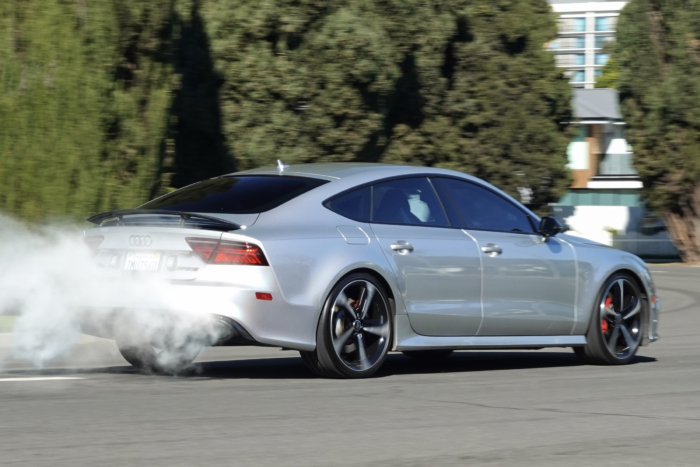Restoring a vintage camper can be a great DIY project and a good way to own an off-grid vehicle on a budget. But beware of these hazards when restoring a camper trailer.
As more people begin to camp and fall in love with affordable, easygoing outdoor vacations, many will upgrade from tent camping to a travel trailer. However, when they see the price tag of a brand new trailer, it’s likely they’ll look to cost-effective alternatives such as restoring a vintage camper.
There are a plethora of resources out there for restoring an old travel trailer. However, these do-it-yourself guides overlook some of the hazards that come with vintage camper restoration projects.
Things such as carbon monoxide, asbestos, and water damage can pose serious health risks if not dealt with properly. It’s important to know some of the most dangerous hazards before one dives into a restoration. Cutting corners is never worth risking the safety and health of yourself and those around you.
Old Camper Hazards: Tips for Restoring
Carbon Monoxide
One of the most common hazards in campers is carbon monoxide (CO). Although this may not be an issue during the restoration process, it can be deadly while camping. Each year, at least 500 people die of carbon monoxide poisoning in RVs and campers.
Some signs of CO poisoning include dizziness, nausea, intense headache, confusion, and sleepiness. When you undertake a restoration project, it’s paramount to ensure that CO-emitting appliances are properly functional.
The most common cause of CO poisoning in campers derives from equipment failure. Usually, exhaust from a camper’s generator that leaks into the living quarters is the culprit.
Thoroughly inspect any exhaust pipes. If broken, repair them before use. If the generator is housed in a storage compartment, it’s imperative there are no leaks into the living quarters. Campers should avoid generator use while asleep, if possible.
Another cause of CO poisoning can come from the exhaust of nearby vehicles. While camping in close quarters, this poses even more of a risk. Never allow vehicles to idle unattended, especially if you plan to remain inside your camper.
Propane Appliances
One other common source of CO gas build up in campers and RVs is propane gas appliances that are unvented or faulty. A buildup of liquid propane (LP) gas poses a risk not only for CO poisoning but also a risk of explosion.
Propane lines can easily succumb to dry rot when stored for long periods of time and not inspected, especially on vintage trailers and RVs that have not been used for several years. LP gas is heavier than air and will sink as low as it can. That means that tanks stored inside the camper or RV there should always have a vent at the lowest point.
It’s pertinent to make sure all CO-emitting equipment is up to date when you restore your vintage trailer. Not only during the restoration process is this important, but one should have propane systems, generators, and appliances inspected annually by a certified RV technician.
Regularly replacing old propane and CO detectors is beneficial in avoiding CO poisoning as well. Always make sure they are functional and install them in the proper places. Because propane is heavier than air, the detector should be installed at the baseboard level. Carbon monoxide detectors are often paired with smoke detectors, which you should also have in your camper.

Asbestos in Vintage Campers
One of the best parts of buying a vintage camper or RV to restore is the ability to completely redo the interior. You can’t go out and buy a brand-new travel trailer with a customized interior without spending a fortune. By gutting and redoing the interior of a vintage camper, the options are endless. However, removing old parts and pieces comes with its own dangers. Restorers should be prepared to protect themselves against exposure to harmful substances and know what to look for.











